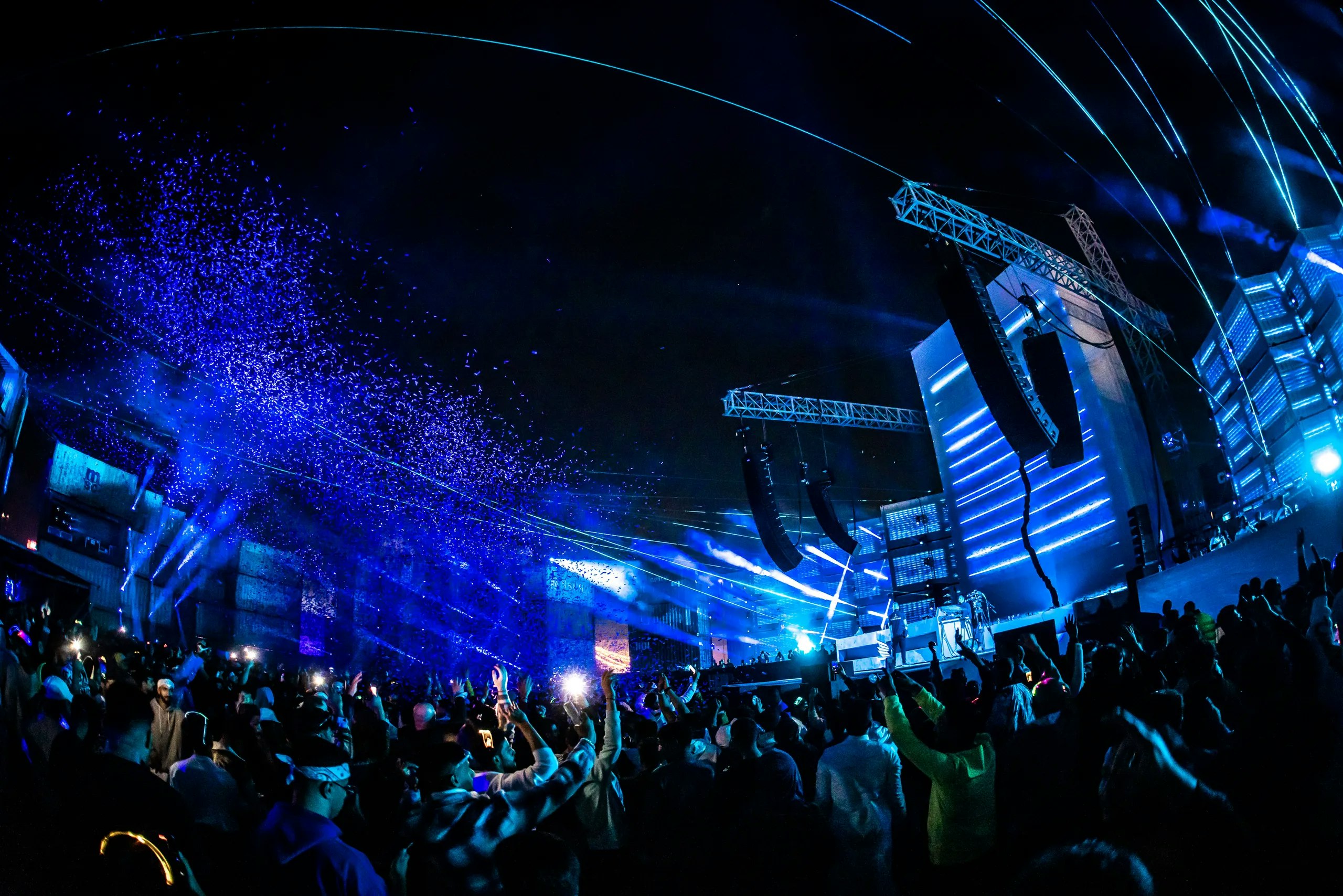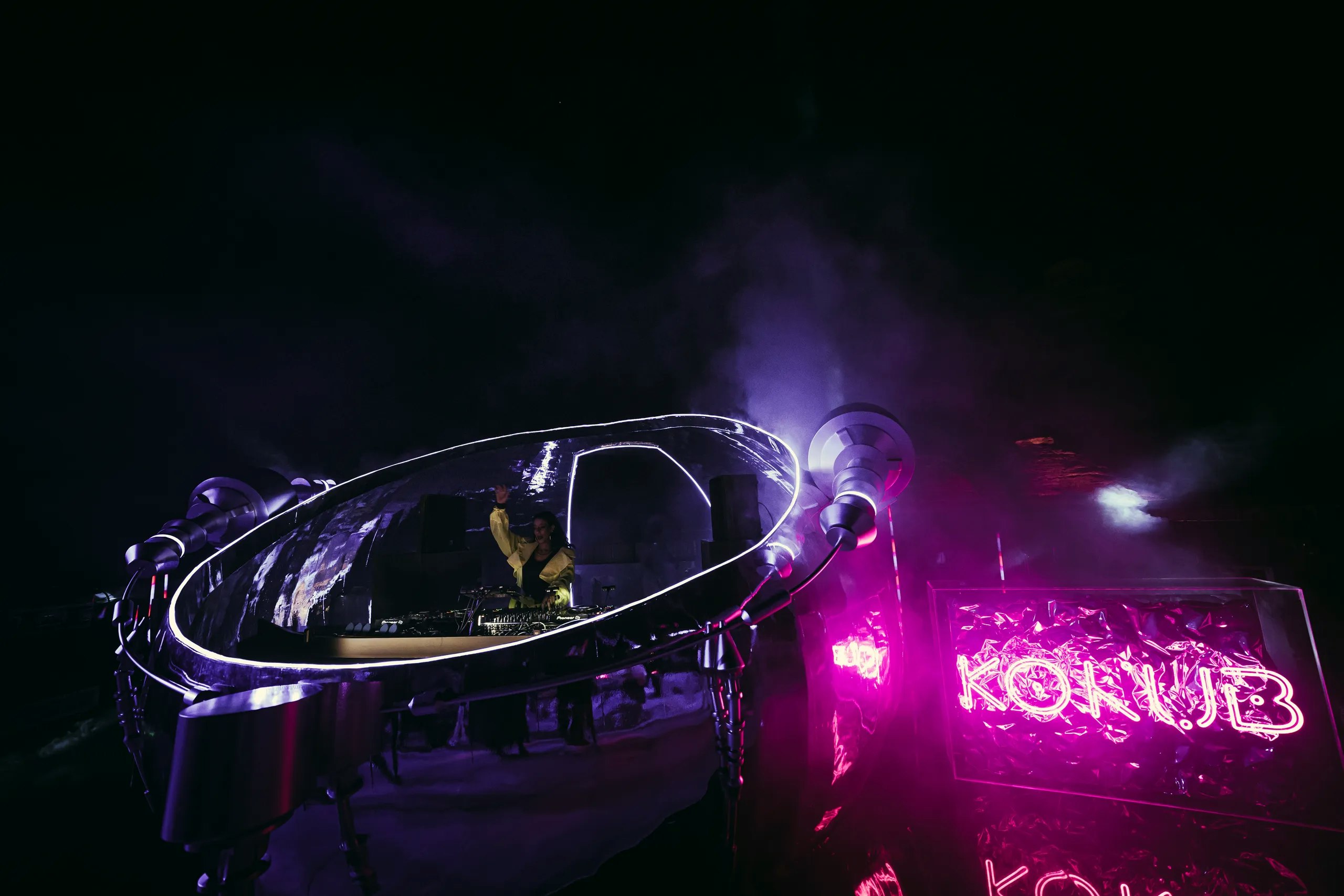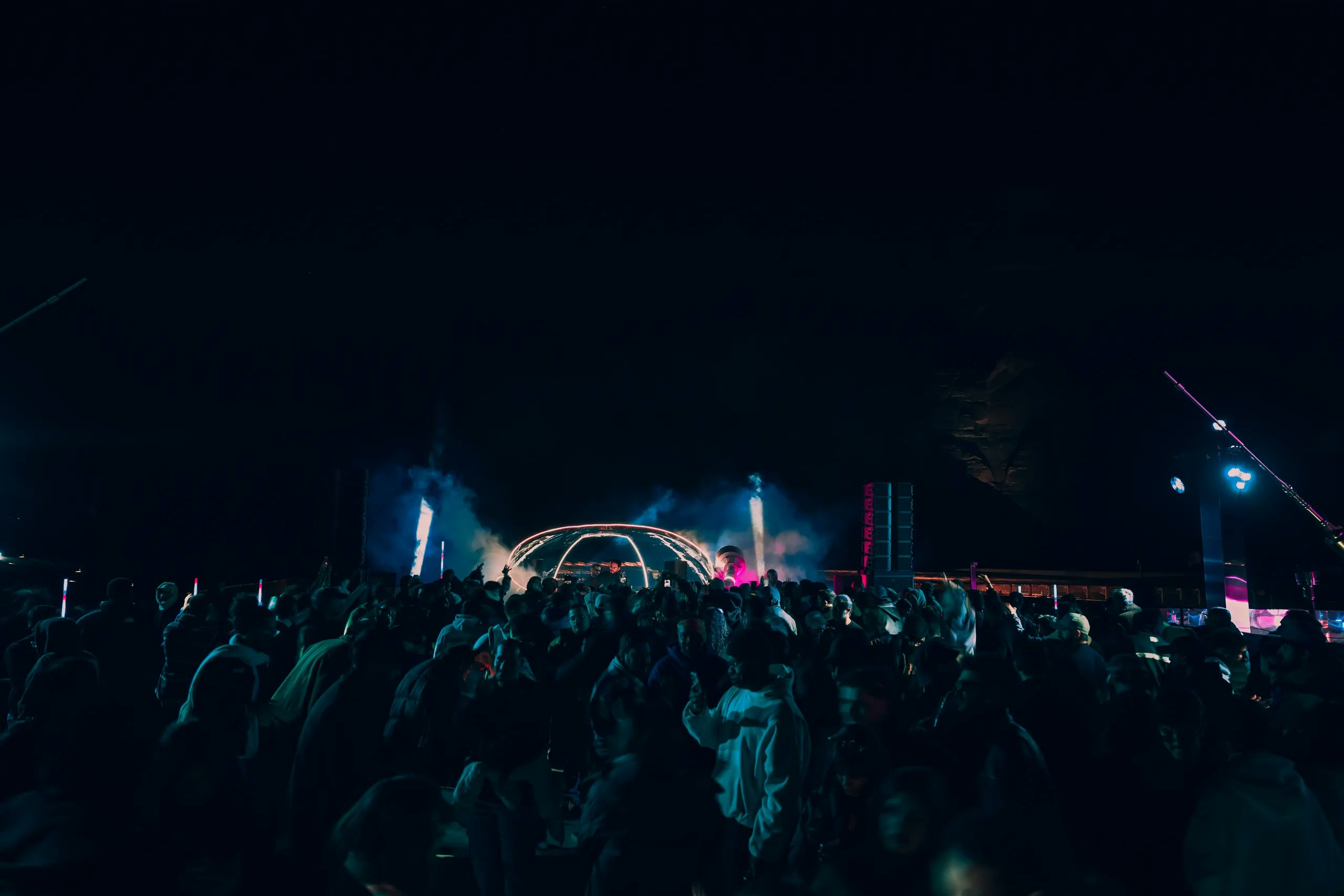

Types of Saxophones: The Sassy Voice of Jazz
By MDLBEAST
October 30 2023
Types of Saxophones: The Sassy Voice of Jazz
By MDLBEAST
October 30 2023
In our previous deep dives, we’ve gone through the origin of music, as well as the different types of musical instruments, including the types of violins and the types of guitars. Today, let’s venture into the world of saxophones - a brass instrument family that’s celebrated for their exceptional sound.
We’ll explore the different types of saxophones, from the alluring alto, to the powerful tenor, and the soaring soprano. Additionally, we'll take a look at how contemporary artists are pushing the boundaries of saxophone performance and creating exciting new sounds.
The Soprano Saxophone: Bright and Expressive
The soprano saxophone, the highest-pitched (and third smallest, after the sopranissimo and the sopranino) member of the saxophone family, offers a bright and expressive voice capable of reaching great heights. Its distinctive timbre can be heard in both classical and jazz, giving musical compositions an extra dimension. Artists like Kenny G have demonstrated the soprano saxophone's ability to create enchanting melodies that capture the imagination.
Unlike its counterparts, this type of saxophone is usually straight, resembling a clarinet as opposed to its well-recognized curve. It’s also famously difficult to play well, especially when it comes to breath control and intonation, and can have a piercing, nasal character if played incorrectly.
Though it didn’t have much of a role in Jazz styles such as swing, bebop, cool jazz, and hard bop from the 1930s and '50s, Steve Lacy (not to be mistaken with the now-popular star behind Bad Habit) is a rare example of a modern saxophonist who exclusively focuses on soprano.
The Alto Saxophone: Smooth and Soulful
The alto saxophone is renowned for its balanced tone and expressive capabilities, effortlessly delivering soulful melodies and captivating improvisations. Its versatility makes it the best-known saxophone, and often the first choice for beginners when they decide to learn the instrument. Compared to the tenor and soprano saxophones, the alto's sound level places it between the two extremes.
Charlie Parker, who played a pivotal role in the development of bebop in the mid-1940s, is often regarded as the genre's most celebrated alto saxophonist. Beyond jazz, the alto saxophone is frequently used as a solo instrument in classical music, often taking the place of the tenor. ‘Symphonic Dances’ from West Side Story, composed by Leonard Bernstein, is a famous example of orchestral music that features the alto.
The Tenor Saxophone: Rich and Resonant
Coleman Hawkins, a saxophonist from the swing era who played in the 1920s and '30s, is credited with popularizing the rich and resonant tenor saxophone as a jazz instrument.
The tenor, with its dynamic range, is not only larger but also produces a deeper tone. This unique sound has made it a staple in rock, pop, and ska bands as well as military and performance bands. Its depth and power make it an ideal choice for delivering powerful solos and leading melodic lines. Renowned artists like John Coltrane and Stan Getz have beautifully utilized the tenor in their music careers.
The Baritone Saxophone: The Bass Powerhouse
The baritone saxophone, the largest saxophone commonly used in jazz, has a unique and commanding sound. Its pitch is lower than both the tenor's, and the alto’s. Many contemporary baritone saxes extend all the way down to an A, making them the lowest of the three types of saxophones.
While not as common as the alto or tenor in jazz solos, this low note is used extensively in modern ensemble composition, especially in big bands. The renowned Fela Kuti, a famous afro-beats musician, is known to frequently have two baritones in his ensemble. Perhaps the most well-known baritone maestro is Charles Davis and the youngest is Lisa Simpson.
Saxophones in Popular Songs: Timeless Hits
Each of the different types of saxophones has graced countless popular songs, adding unforgettable melodies and emotional depth. The wistful saxophone riff in George Michael's "Careless Whisper" has become a recognizable musical motif, similarly to how the saxophone solo enhances the dreamy romance of Billy Joel’s "Just the Way You Are."
Contemporary artist FKJ has redefined the saxophone's role in modern music. Known for his genre-blending style, FKJ seamlessly incorporates the saxophone into his electronic and R&B tracks, creating a fusion of sounds that has earned him a special place in neo-jazz. His live performances, including his appearance at MDLBEAST’s Soundstorm Festival, have become showcases of musical innovation, highlighting the saxophone's ability to transcend traditional boundaries and evolve with time.
FKJ's performance at Soundstorm showcased a fusion of saxophone melodies with electronic beats and soulful vocals, epitomizing the festival's celebration of musical innovation. His performances demonstrate how the saxophone continues to be a driving force in contemporary music, bridging the gap between traditional and modern genres.
Share this


